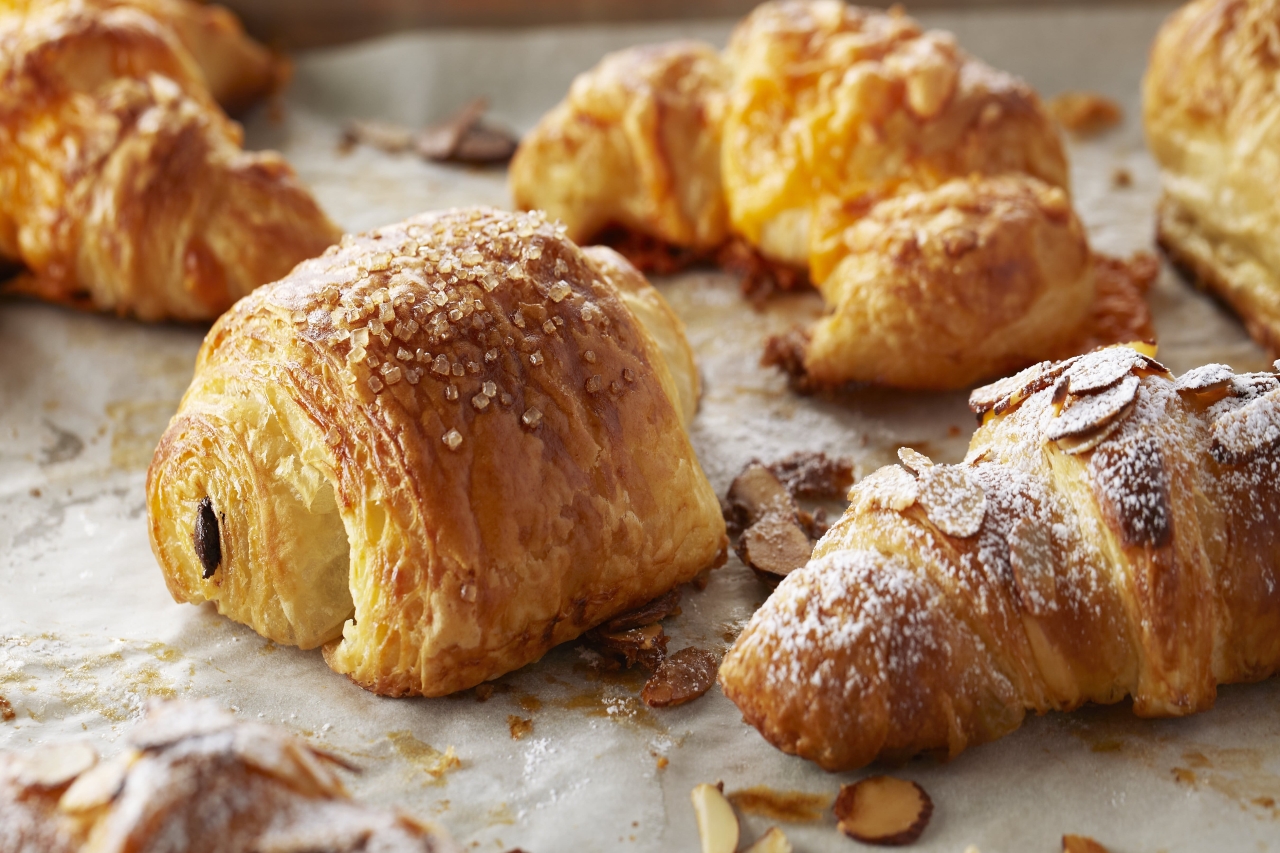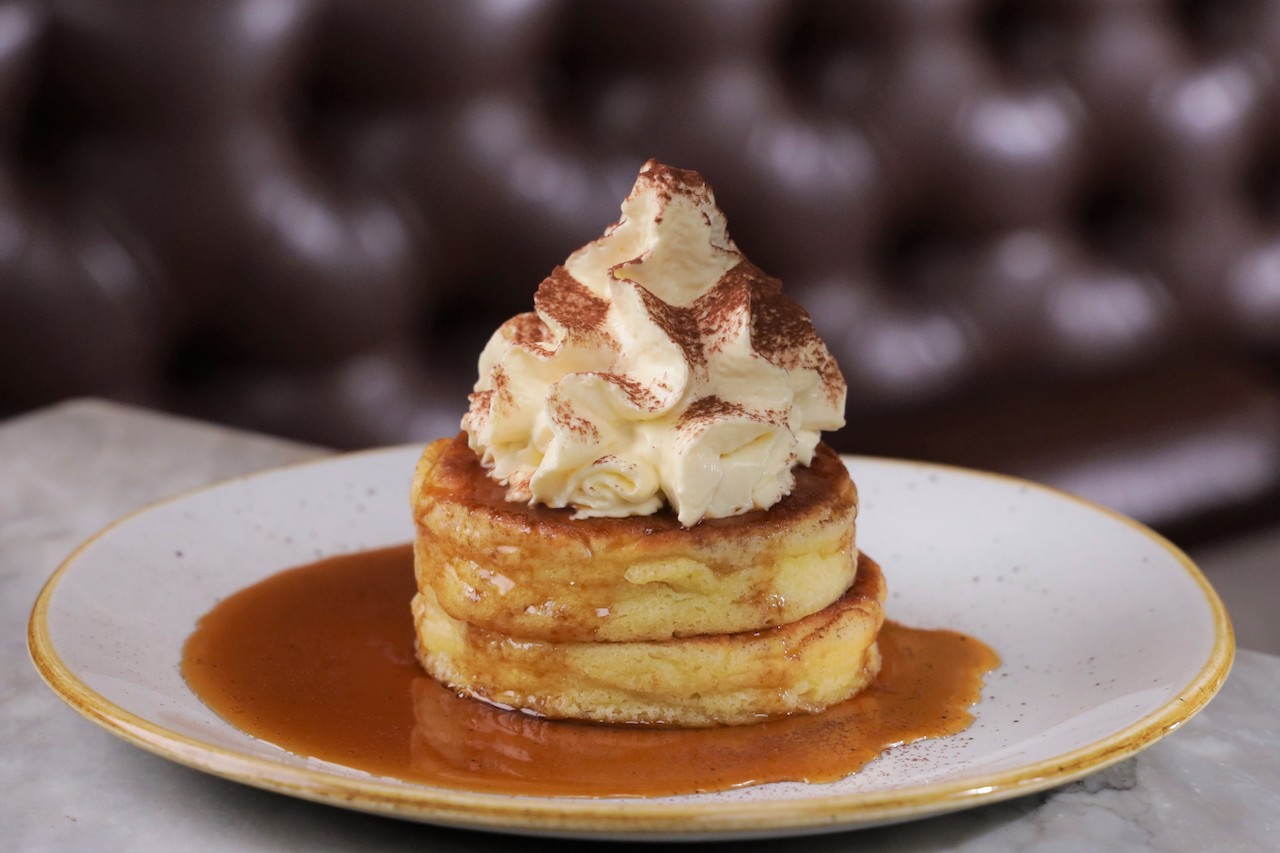
Are You Using the Right Butter in Your Baking?
Why is butter good for baking?
Butter plays many important roles in baking. Of course, it adds richness and delicious flavour to your baked goods. Beyond that, butter is also essential to the texture of a baked good. Working with room-temperature butter in a batter helps create a light, fluffy texture (like in cakes and cupcakes) as the butter melts and creates steamy air pockets during the baking process. Using melted butter in a recipe will result in a more moist crumb, which is why it’s used in denser recipes, like cookies. In croissants and other puff pastries, the layers of butter steam the pastry, making that light and fluffy layered texture we all love.

Does quality butter make a difference in baking?
High-quality butter has higher milk fat content, which gives you richer, flakier and more flavourful baked goods that tend to have better shape and structure. A lower-quality butter has more water content, which will produce, for example, a crisper, flatter cookie with more crunch. Using a higher quality butter will make for softer, chewier cookies with a taller shape.
When to use high-quality butter: For more flavourful and structured desserts.

The Perfect Type of Butter for Every Baked Good
Should you use salted or unsalted butter for baking?
Butter is naturally unsalted. Salt is added for flavour and preservative qualities. Most baking recipes tend to call for unsalted butter. This is because there is no standard salt content in butter, so it varies from brand to brand and country to country. In order to have more control over the amount of salt in a recipe (since baking is a delicate science!), unsalted butter is preferred and then the exact amount of salt is dictated by the recipe itself. This helps create more consistent results for home bakers replicating a recipe. In general, salted butter is preferred for cooking (or simply spreading) as it adds more flavour and has a longer shelf life, while unsalted butter is the go-to for baking.
When to use unsalted butter: For all baking recipes
Is European butter better for baking?
Have you ever wondered why baked goods just taste better in Europe? European butter is churned to have a higher milk fat content of at least 82%, while North American butter typically has around 80% milk fat. Gay Lea’s Bakers Gold surpasses even European standards with 84% milk fat, making this unsalted, culinary-grade option the ideal choice for the finest baked goods.
When to use European-grade butter: Baked goods that benefit from high cream fat content or where butter is a prominent flavour, like laminated doughs, puff pastries and croissants.
Is cultured butter good for baking?
Cultured butter, a more tangy and savoury variety of butter, is made by treating the cream with cultures (AKA pasteurized cream), allowing it to ferment, and then churning the butter. The process is not dissimilar to making wine, where the longer it ferments, the fuller the flavour. Savoury baked recipes can benefit from the tangier flavour of this butter that’s popular to Europe.
When to use cultured butter: Pancakes, biscuits and pound cakes.

Is sweet cream butter good for baking?
Sweet cream butter (AKA regular butter) is pasteurized from fresh cream. It’s the most typical butter found in North American grocery stores. It’s not necessarily sweet; its referred to that way in contrast to the tangier cultured butter that is popular in Europe. Nearly any baked good can be made with this variety of butter, including both sweet and savoury bakes.
When to use sweet cream butter: Cookies, brownies and squares, cakes and cupcakes.
Is grass-fed butter better for baking?
Regular butter is typically made from dairy sourced from cows fed a diet of grains, while grass-fed butter, as the name implies, is made from dairy from pasture-grazing cows. Grass-fed butter is typically more yellow in colour, flavourful, and can have additional health benefits (like a higher amount of Omega-3s). Try Gay Lea’s Grass-Fed Unsalted Butter to experience the rich, silky taste of this type of butter.
When to use grass-fed butter: Any recipe where you’d like to highlight a strong butter flavour like pie crusts, flavoured spreads and buttercream icing.
Watch The Big Bake on Food Network Canada. Also Available on the Global TV App and STACKTV with Amazon Prime Video Channels, fuboTV, Rogers Ignite TV and Ignite SmartStream.
